Super hackathon: new york city recap
What’s a Super Hackathon?
Picture a room buzzing with energy, filled with passionate professionals eager to collaborate and innovate. The Enablement Squad and the Revenue Enablement Society hosted an engaging "Super Hackathon" event designed for in-person mind-melding and idea sharing. The goal was to bring together the brightest minds in the enablement community to foster collaboration and spark creativity.
It was like a massive brainstorming session on steroids, where ideas flew faster than the speed of light, and the excitement was palpable. If you weren’t able to attend, then check out the notes below!
Navigating Employment Narratives Post-COVID and the Importance of Aligning Jobs with Personal Life Goals
To kick off the Super Hackathon, we were extremely fortunate to have Phil Putnam present a keynote on what employment looks like now that we’re in a post-COVID world.
Two of the key insights from the presentation include:
Professional Motivation: Phil emphasized that individuals should use their careers as a means to achieve the life that they want. This alignment enhances motivation and retention.
Cost Considerations: It’s well-documented that retaining employees is less expensive than replacing them. Satisfied employees contribute more to organizational stability and long-term results.
To understand employee motivation and retention, Phil walked the group through a LIFE Motivation Discovery Model, which is a framework designed to understand employee motivations through four dimensions:
Lifestyle: Aspirations and ideal life situations
Income: Attitudes toward money and its role in life
Feelings: Emotional responses to respect, trust, and boundaries
Employment: Preferences for management style and communication
Phil’s findings and insights were an immense value-add to the Hackathon and we appreciate his help with the event. We encourage you to connect with him on LinkedIn and follow him for more professional best practices.
Hackathon Time
After the keynote, the group broke into groups to brainstorm best practices for Enablement practitioners covering the following topics:
Motivating leaders to build, support, and extend initiatives
Motivating leaders to be accountable
Enhancing learner motivation
Motivating teams across different tenure levels
You can see the list of tips, tricks, and techniques below:
1) Motivating leaders to build, support, and extend initiatives
Enablement programs fall short if there isn’t reinforcement from internal stakeholders and leaders. To help build a culture of constant improvement, NYC Enablers suggest the following best practices:
Involve leaders early in the process to foster ownership
Build partnerships by understanding individual roles and motivations
Identify root causes of issues through direct conversations
Maintain clear communication using diverse approaches (video, audio, etc.)
Ensure alignment from both top-down and bottom-up perspectives
Utilize data tracking and consistent communication to set clear expectations
2) Motivating leaders to be accountable
Similar to the previous topic, Enablers also discussed how to hold leaders accountable after introducing Enablement programs into the organization:
Tie initiatives to clear metrics and engagement analytics
Utilize RACI (Responsible, Accountable, Consulted, Informed) for project clarity
Leverage manager champions and performance-based bonuses
Conduct monthly updates and workshops to align expectations
3) Enhancing learner motivation
The next breakout switched from leaders to learners. As Enablers, we directly impact the development of the teams we support. To ensure knowledge retention, the group discussed how to enhance learner motivation throughout programs:
Leverage key learning tools:
iSEEit: For MEDDIC processes
On-Demand Learning: Use resources like Notion and Gong for articles and microlearning
GTM Buddy: Content management platform
LMS platforms: WorkRamp, Mindtickle, and E4enable
Introduce engagement tools:
Slido
Polly
Kahoot
Flock Jay
Cluso
Salesroom
4) Motivating teams across different tenure levels
The final breakout of the day focused on how to retain learners’ attention even though they may be at different stages of their professional sales journey. Best practices included:
Involve top performers as Subject Matter Experts
Foster peer teaching during breakout sessions
Utilize a skill vs. will motivation matrix to identify individual needs
Integrate career development conversations from the start
Thank You!
We couldn’t write this article without a few thank yous!
Thank you to Phil Putnam for volunteering your time and giving such a powerful keynote speech.
Thank you to Sam Moody and the kind folks at HiBob for letting us use your vibrant space.
And thank you to all of the NYC Enablers that came out to spend a half day with The Enablement Squad and the Revenue Enablement Society.















